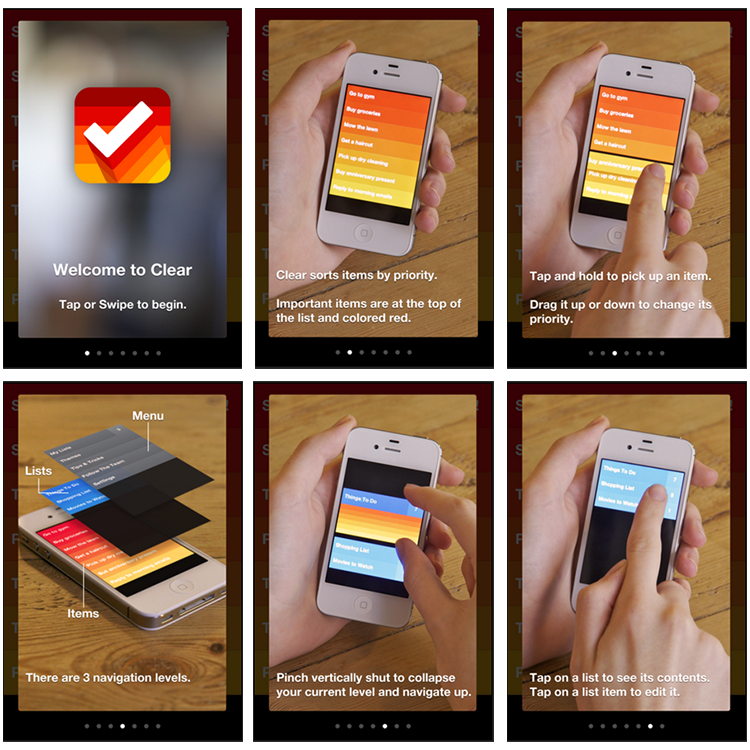It’s easy to see that humans have the urge to improve things. Whether it be a self-driving car or companies that will do your grocery shopping for you – there’s no denying people want to experience daily obligations with ease.
Nowadays, it seems everything is done on the web, requiring companies to establish a strong online presence. And while it’s important to stand out against your competitors, in the realm of user experience, different isn’t always better.
You’ve heard the saying, “if it ain’t broke, don’t fix it.” While this may seem like a lazy excuse to stick to the ways of old, it should be considered with website usability.
Human behavior is greatly influenced by unconscious thought. Each user will think and respond individually, but common actions are more predictable than you’d think. Universally, patterns exist in the way minds process information. With a basic understanding of human cognition, we can help anticipate user behavior.
Design Patterns
Familiarity should be considered an element of user experience. The human mind follows a system for organizing visual data – on the lookout for recognizable patterns. When patterns are found, memory load is reduced through instant recognition.
Think of the Gestalt principle of past experiences, where “elements tend to be perceived according to an observer’s past experience.” Past experience is unique to individual users, but on the internet, there are common experiences that we all share. Users have developed certain expectations when interacting with the web.
Navigation is an example of this concept. Upon landing on a website, users expect to find the menu placed clearly at the top of the website. Straying from the status quo risks confusion. Best practices are there for a reason.
Don’t alienate your users by trying to be clever. Predictability is a key element of user experience. Your website has a goal, and the last thing you want to do is frustrate potential clients with an uncomfortable experience.
Mental Models and Usability
Cognitive scientists study mental models to understand human behavior in a variety of environments. Built from past experiences, mental models are a set of beliefs about how a system works, which determine how humans interact with systems.
How does this relate to user experience? Website usability is determined by how closely a user’s mental model matches and predicts the actions of the system.
When an interface is designed to match the expectations of the user, they will interact with ease. A calculator app, for example, should be interacted with in the same way a physical calculator would because that’s what the user expects.
At times it will be necessary to introduce a capability with no existing mental model. In these situations, a system of cues can be built to help users establish new models.
Why not break convention?
Innovation is important, it keeps the world moving forward. But when it comes to user experience, straying from web design standards can be catastrophic.
When Bucknell University initially launched their redesigned site, it got a lot of attention – both positive and negative. Proponents of the site enjoyed the fresh new outlook on a standard university website. The opposition was not so impressed.
The redesign aimed to break the status quo by placing web elements in new places and driving the user to interact with the site in unknown ways. Instead, users thought they were “trying too hard to be different” and were just plain confused.

It’s okay to introduce new concepts to a user, but you must guide them through the experience in a top-down way to avoid frustration and disinterest. Clear, a to-do and reminders app, does this well. The application guides new users through the different levels of organization and reminds existing users of the interactions with every use.
Designers need to minimize interaction costs – the mental and physical efforts required to reach a goal. People choose the path of least resistance and will do the least amount of work possible to get a task done.
We are not just designing pixels. We are designing compliments to the human experience.
User Experience = Human Experience
Gone are the days when a website was used as a secondary resource for customers. Users have high expectations, and customer experience begins the second they land on a webpage. Human behavior is driven by emotion, and first impressions matter.
We need to create desirable experiences for customers that feel like second nature – make them feel comfortable and important. We are not just designing pixels. We are designing compliments to the human experience.
Beautiful design is important and aesthetically pleasing things are thought to work better, even if the opposite is true. Great design that ignores the basic psychology of human behavior, however, may just be wasted effort.